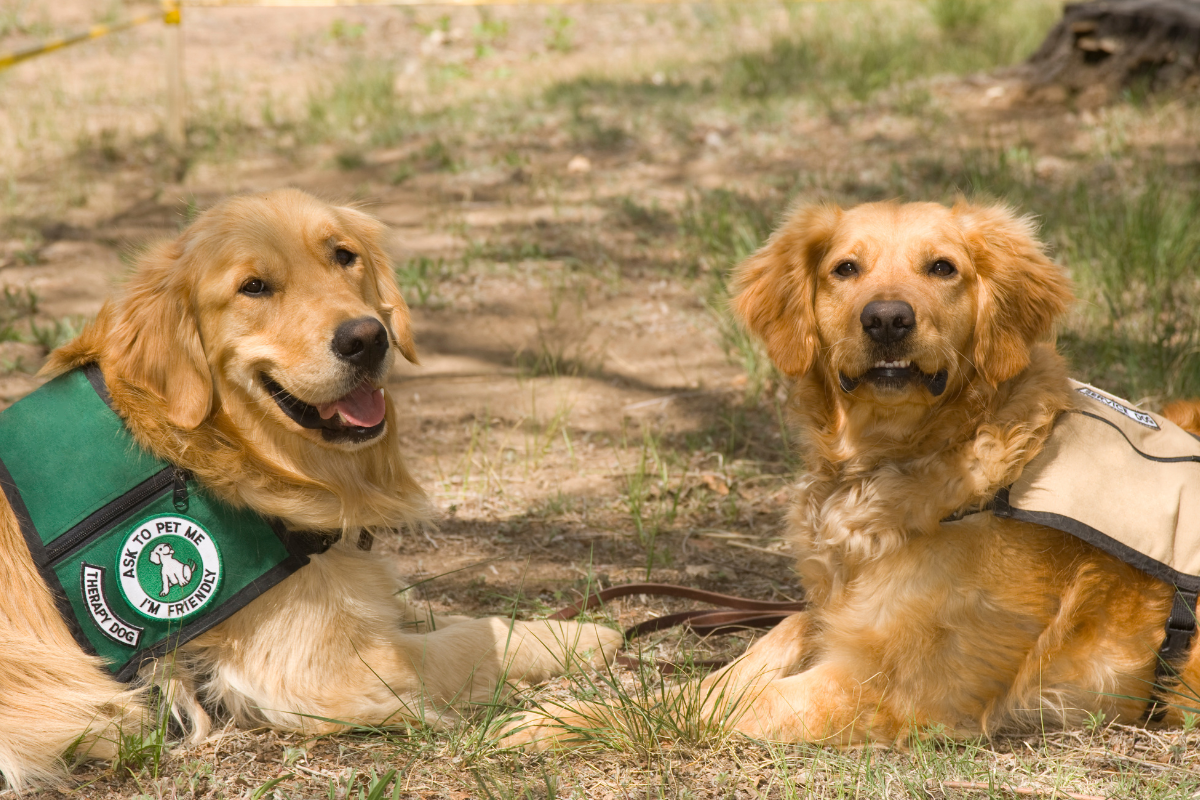Dogs have been our companions for thousands of years, and over time, they've evolved to become more than just dogs. Their incredible sense of smell has made them indispensable in various roles, from search and rescue to medical detection. These working dogs are known for savings lives countless times, all with their nose and training.
The Marvelous Canine Nose
A dog's sense of smell is absolutely amazing, especially when compared to ours. While we have around 5 million scent receptors in our noses, dogs have an estimated 125 to 300 million. This incredible olfactory ability allows them to detect scents at incredibly low concentrations. Smells that we would never be able to detect on our own. But what exactly makes their noses so remarkable?
- The Jacobson's Organ: Dogs possess the Jacobson's organ, also known as the Vomeronasal Organ. This structure enhances their ability to detect pheromones' chemical signals that convey important information, including those related to mating and social bonding.
- Scent Processing: About 1/8th of a dog's brain processes smells. This enables them to identify, discriminate, and remember a vast array of scents, making them experts in odor recognition.
- Long Nasal Passage: The structure of a dog's nose, with its long nasal passage, provides more surface area for capturing scent molecules, giving them a significant advantage in scent detection.
Working Dogs: Masters of Olfaction
Working dogs, often referred to as "K9s," harness their incredible olfactory abilities for various purposes:
- Search and Rescue Dogs: These heroes are trained to locate missing persons, even in the most challenging conditions. Their noses can detect the faintest human scent, buried beneath rubble or hidden in dense forests.
- Drug Detection Dogs: These canines are employed by law enforcement to detect illegal substances. Their noses are so sensitive that they can identify even the tiniest traces of narcotics.
- Explosives Detection Dogs: In airports, public spaces, and government facilities, dogs are used to sniff out explosives. Their noses are crucial for ensuring public safety.
- Medical Alert Dogs: Some dogs are trained to detect changes in a person's body odor, signaling medical issues like low blood sugar in diabetics or the onset of seizures.

- Agricultural and Conservation Dogs: Dogs are employed in agriculture to detect pests or diseases in crops. They're also used in conservation efforts to locate endangered species or invasive plants.
Training and Bonding
The success of working dogs is not just about their remarkable noses; it's also a testament to the strong bond between these dogs and their handlers. Extensive training and teamwork play a crucial role in the effectiveness of working dogs. Handlers and their canine partners build trust and understanding through rigorous training programs. Both the dog and trainer know they can effectively communicate and rely on the other to do what is needed.
Working dogs and their noses are a testament to the extraordinary capabilities of our four-legged companions. Their olfactory prowess has made them invaluable in various fields, from saving lives to ensuring our safety and even contributing to conservation efforts. These dogs showcase the incredible potential that can be unlocked through a strong partnership between humans and canines. Their work serves as a reminder of the awe-inspiring abilities of our dogs and the deep connections we share with them.

